What is the Paleo Diet?
The Paleo diet goes by a few different names, including the caveman diet and the stone-age diet. It’s thought to mirror the diet eaten by early humans before the Agricultural Revolution of around 10,000 B.C., when our ancestors subsisted by fishing, hunting, and gathering. The purpose behind the diet is the belief that, because our species changed how we eat when farming practices emerged (including dairy, grains, legumes, and cereals), our bodies haven’t had enough time to evolve to modern diets. Paleo advocates believe that this genetic mismatch is responsible for much of the illness and disease so prevalent in our day.
Indeed, the diet is a popular one among those who suffer from autoimmune thyroid conditions, such as Hashimoto’s, particularly when modified to allow for sufficient salt [1].
Pinning down a specific way of eating with paleo is difficult, as over a dozen different definitions exist for the diet [2]. Disagreements exist over many aspects of the diet, including: how dissimilar modern fruits and vegetables are to prehistoric produce, whether an emphasis on eating low-glycemic produce is warranted, whether eating frozen food is okay, if potatoes should be allowed, etc. Additionally, a breakdown of macronutrients on the paleo diet can vary greatly, although one major study done on the paleo diet kept the macros to 40% of total calories from fat, 30% from protein, and 30% from carbohydrates [3].
For all of the disagreement among paleo advocates, however, most share a common goal: keep the body free of the potential irritants and allergens of modern diets. On the surface, this philosophy may evoke images of farming one’s own land for food, but someone eating paleo doesn’t have to live directly off the land. Rather, the food purchased or grown should be as consistent as reasonably possible with what our early ancestors could have eaten.
Common foods eaten on a paleo diet include:
-
-
- Organic, pesticide-free fruit and vegetables
- Seeds and nuts
- Grass-fed, hormone-free meat and eggs
- Seafood
- Raw honey and pure maple syrup
- Fruit and nut oils and lard
-
Common foods to avoid:
-
-
- Cereals
- Grains
- Dairy
- Legumes
- Refined sugar
- Processed foods
- Salt
-
Some paleo practitioners have joined the growing ranks of the lacto-paleo movement. This iteration of the popular diet allows for unsweetened, full-fat dairy for those who don’t have milk sensitivities. Adding dairy allows for greater flexibility in sustaining a paleo diet long term, as one of the biggest concerns about the diet relates to its strictness.
Another variation of the paleo diet is the paleo vegan, or pegan, diet. Nutrition from this plant-based ancestral diet is about 75% from fruits/vegetables and 25% from nuts and seeds, including pure nut butters and milks. Pure maple syrup is also allowed. Fermented drinks like kombucha and coconut milk kefir are popular on the pegan diet, as are fermented foods such as sauerkraut, pickled vegetables, and kimchi.
On the other end of the spectrum is paleo keto, which primarily relies on the grass-fed meat and eggs and the seafood that are so common to paleo diets, including organ meats. On such a diet, calories may break down to around 70% from fat, 20-25% from protein, and 5-10% from carbs. The emphasis shifts from being strictly focused on avoiding modern food sources to also being in ketosis, which is a state that the body enters where it burns stored fat for fuel. Eating a ketogenic paleo diet adds a level of strictness, but it also amplifies the positive health benefits that come from combining keto with the paleo lifestyle. On its own, a paleo diet has been shown to have some positive impacts on cardiovascular health [4]. Incorporating carb restriction provides the added benefits that naturally come along with a ketogenic diet, including improvements to cardio-metabolic and neurological health [5,6].
If you’re looking to eat more naturally, improve your cardiovascular health, or avoid the genetic mismatch thought to be responsible for so many modern illnesses, the paleo diet may be a good option for you.






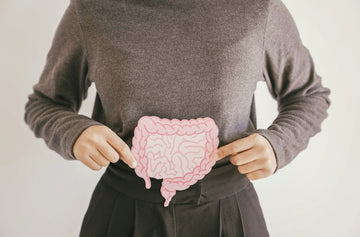

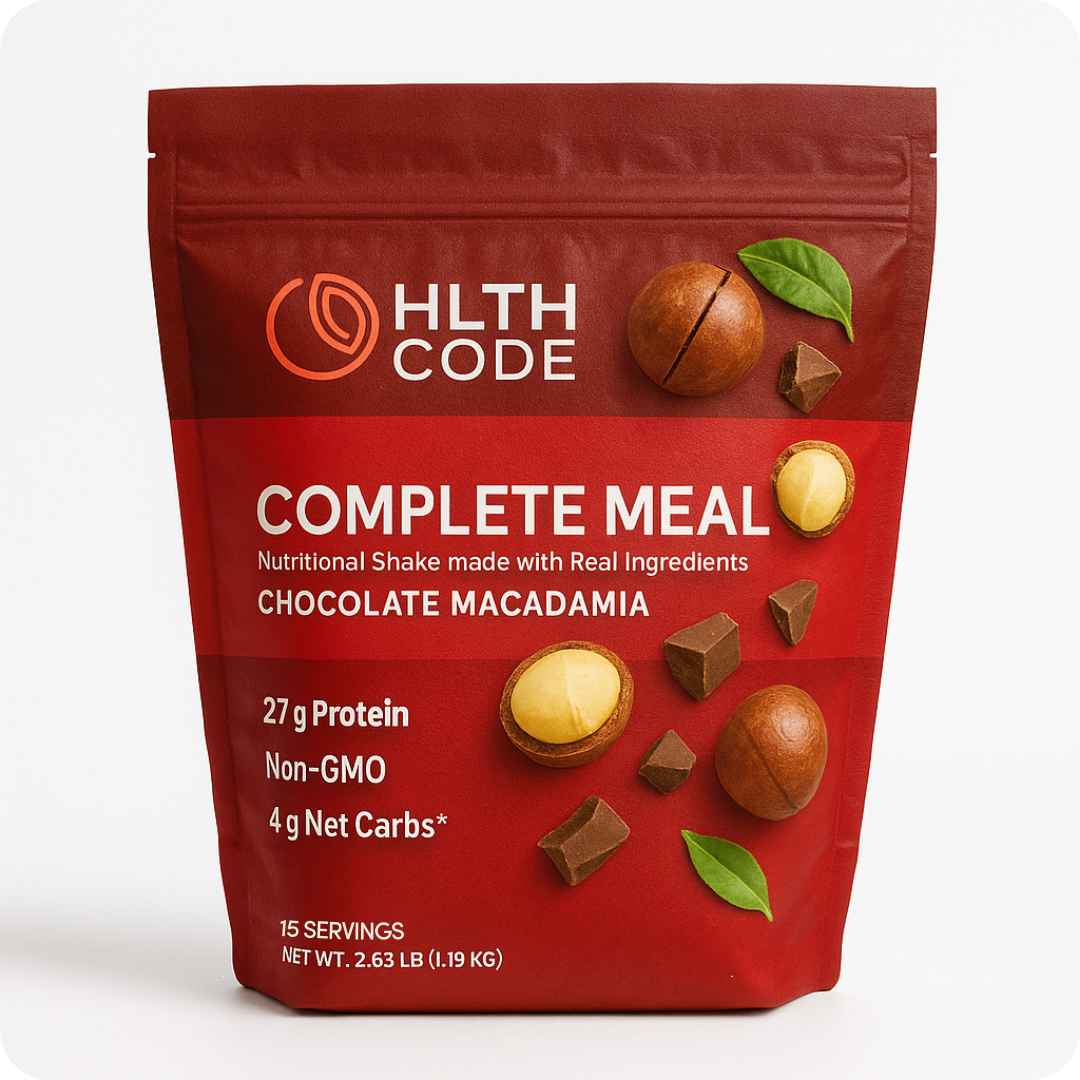
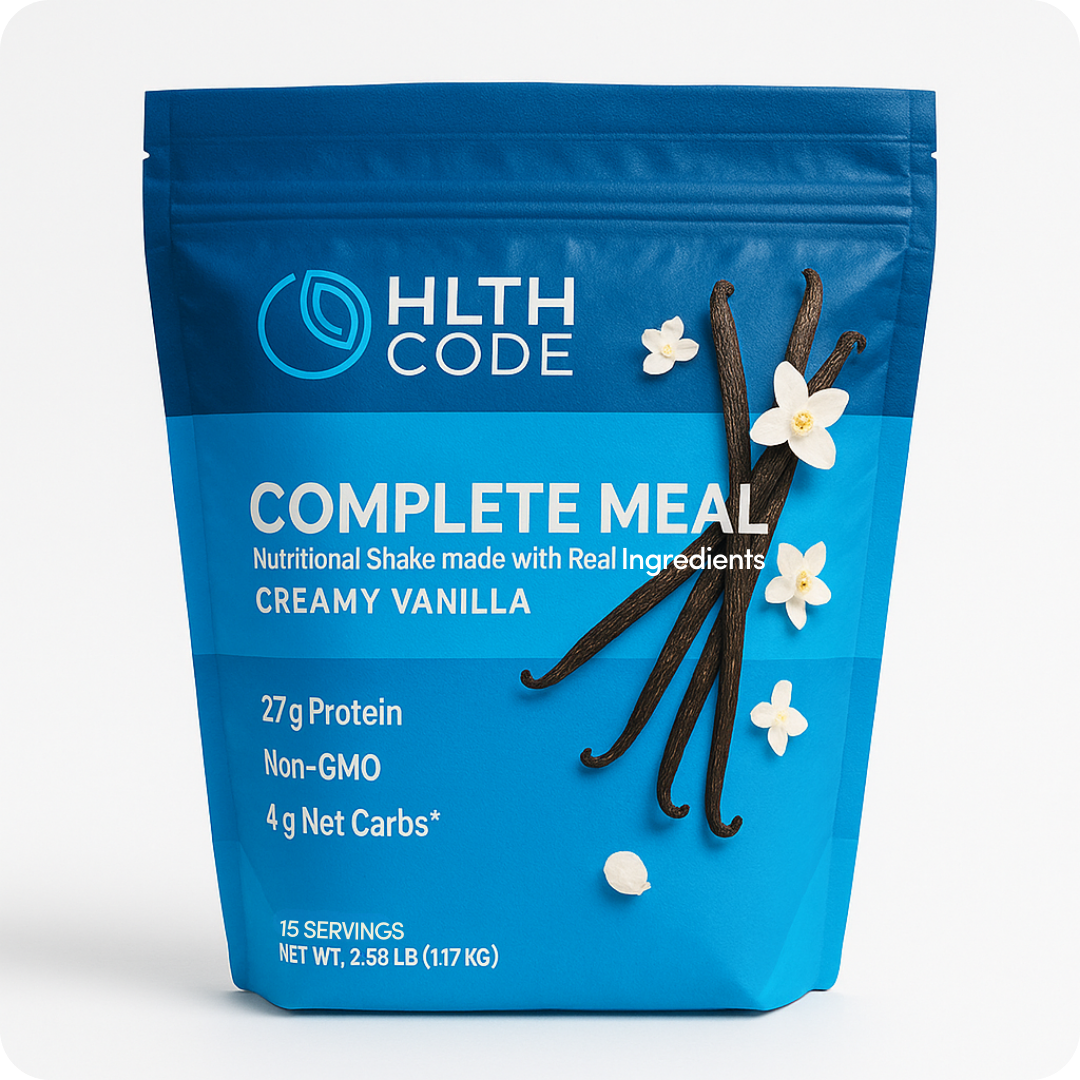
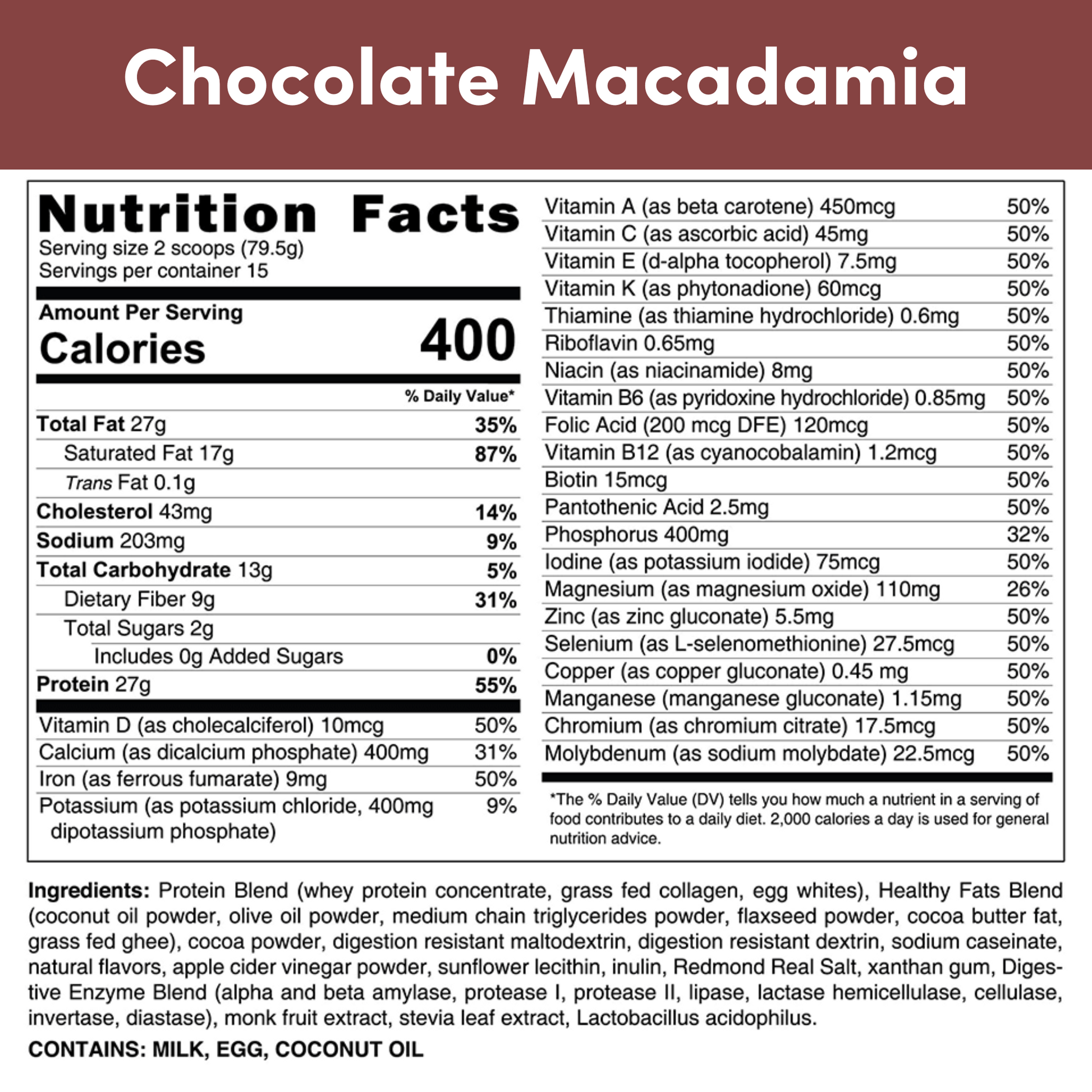



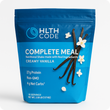
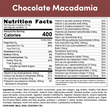
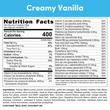

 30 Day Money Back Guarantee
30 Day Money Back Guarantee